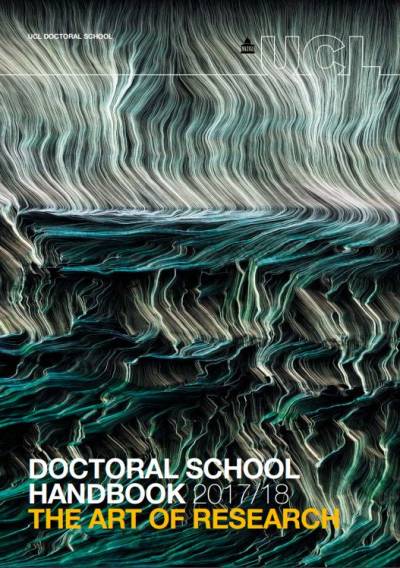|
Abstract
|
In
March 2013, NHS England extended its national bowel cancer screening
programme to include once-only flexible sigmoidoscopy ('bowel scope')
screening for men and women aged 55. Since roll-out of the programme began,
uptake has been low and inequitable, with people living in the most deprived
areas being the least likely to take part in screening. This thesis examines
uptake at St Mark's Hospital, a centre which serves a socioeconomically
diverse population with below average uptake, and goes on to describe the
development and evaluation of an intervention targeted at those who do not
participate. Study 1 identifies and describes possible targets for
intervention. The results of the study informed the design of a self-referral
reminder letter and theory-based information leaflet to be sent to
individuals who did not attend bowel scope screening (BSS) within one year of
their original invitation. Study 2 describes a test of the intervention's
feasibility, with results demonstrating its potential to increase BSS uptake.
Study 3 examines the effectiveness of the reminder letter and theory-based
leaflet by comparing uptake against appropriate controls, namely: no reminder
or the designed reminder letter sent with the standard information booklet
used by the National Health Service. The results of the randomised controlled
trial (RCT) demonstrate that uptake was significantly higher among the two
groups receiving the reminder, with the group receiving the theory-based
leaflet showing the highest rate of uptake. In Study 4, the materials were
re-sent to those who had not attended BSS within 24 months of their initial
invitation. The results of this extension to the RCT corroborate the outcome
of the first reminder. This series of studies demonstrates the usefulness of
additional reminders in the BSS programme, which is discussed alongside other
implications for policy in the discussion of this thesis.
|
 Close
Close



